Exploring Different Types of Laryngoscope Blades
Dec 23, 2023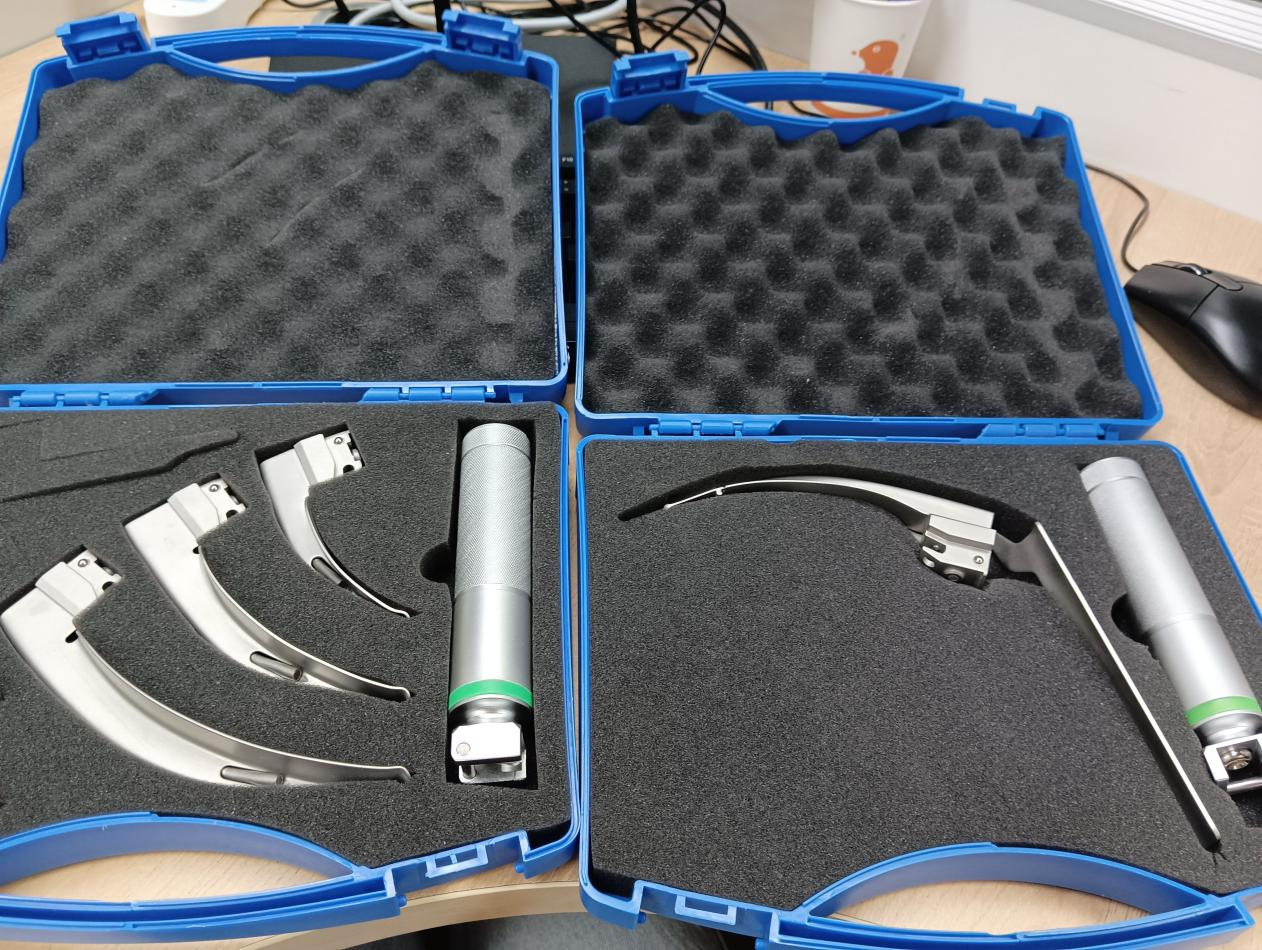
When it comes to medical procedures, the right tools make all the difference. Intubation procedures are no exception, and laryngoscope blades are essential devices to achieve successful results. With a broad range of laryngoscope blade options, it can be overwhelming for medical professionals to choose the right one for the job.
In this section, we will delve into the different types of laryngoscope blades available. We will explore the unique features, applications, and a wide range of options that cater to different needs. From Macintosh blades to Miller blades, Wis-Hipple blades, D-BLADE, and GlideScope blades, we will provide a comprehensive overview of the variety of laryngoscope blade types that can help medical professionals make an informed selection.
Key Takeaways
- Different types of laryngoscope blades cater to various intubation needs
- The variety of laryngoscope blades includes Macintosh, Miller, Wis-Hipple, D-BLADE, and GlideScope blades
- Understanding the features and applications of each blade is crucial for successful intubation procedures
Macintosh Blades
Macintosh blades are a popular choice for medical professionals in laryngoscopy procedures. The blades feature a curved design that helps with easy intubation and improved visualization of the vocal cords. Macintosh blades are ideal for routine intubations and can be found in different sizes to suit different patient anatomies.
The curved design of Macintosh blades makes them easy to maneuver in the throat, providing the flexibility needed to navigate the airway. The blade’s tip is rounded, ensuring that it does not irritate or damage the patient’s airway tissues. Macintosh blades come in various materials, including stainless steel, plastic, and fiber-optic.
Macintosh blades are a versatile and reliable tool for any medical professional performing laryngoscopy procedures. Their ease of use and flexibility make them popular in various medical settings, from emergency medicine to intensive care units and beyond.
Miller Blades
Miller blades, also known as straight blades, are commonly used in pediatric patients or patients with limited mouth opening. These blades have a straight design without any curvature, providing excellent lifting of the epiglottis for better airway visualization during intubation.
While Miller blades are not suitable for routine intubation, they are particularly useful in cases where a curved blade would obstruct the view of the airway. Their straight design allows for precise control during intubation, making them ideal for patients with challenging intubation parameters.
Medical professionals can select from a range of Miller blade sizes to meet the needs of specific anatomies. It is important to select the right laryngoscope blade to reduce the risk of complications and ensure successful intubation.
Wis-Hipple Blades
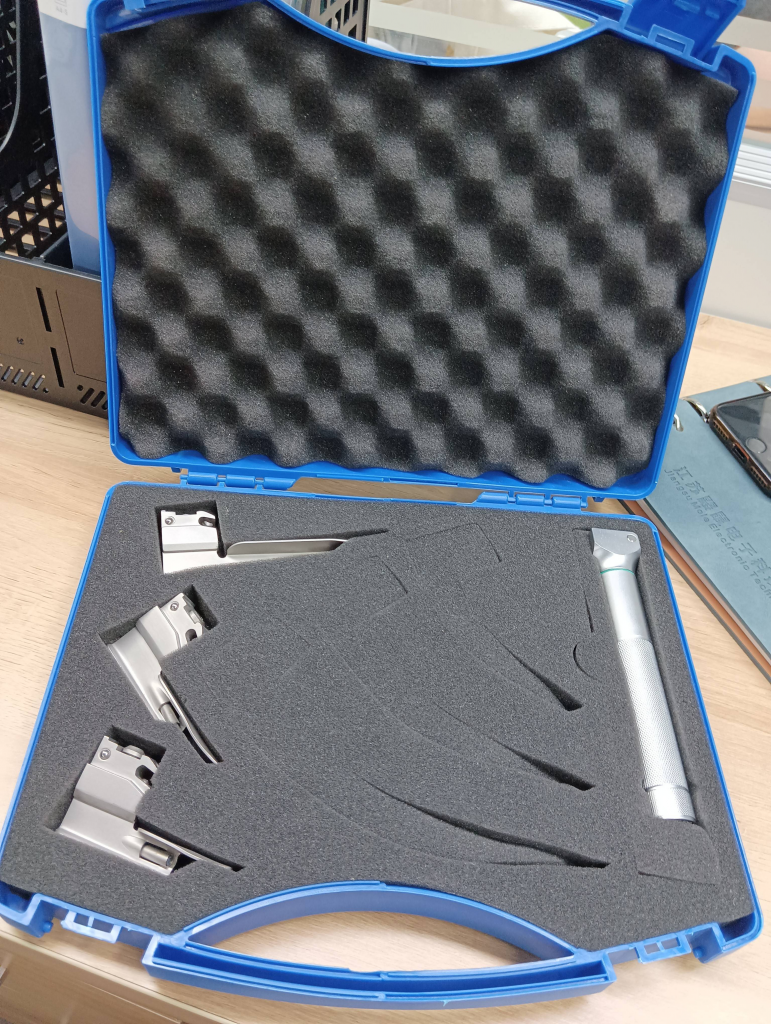
If you encounter patients with challenging anatomical situations, Wis-Hipple blades may be of assistance in difficult intubations. These specialty blades offer a modified Macintosh design, with a wider flange at the distal end to provide better lifting and exposure of the vocal cords.
When selecting laryngoscope blade options, understanding the unique features and benefits of each blade type is crucial for medical professionals. Wis-Hipple Blades are an excellent laryngoscope blade variety to have in your medical arsenal.
D-BLADE
The D-BLADE is a revolutionary laryngoscope blade that merges the benefits of the Macintosh and Miller blades. This blade features a curved blade tip with a built-in Miller-like straight blade. This unique design allows for easier insertion and a better view of the vocal cords during intubation procedures.
The D-BLADE is a versatile option suitable for a broad range of patients and different intubation scenarios. The incorporation of the Miller-like straight blade assists in lifting the epiglottis, while the curved blade ensures smooth navigation through anatomical curves. This combination allows for better visualization, enhancing the accuracy and success rate of intubations.
The D-BLADE is an excellent addition to a variety of laryngoscope blade types available in the medical field. When considering laryngoscope blade options, the D-BLADE provides a unique solution, highly effective and user-friendly.
GlideScope Blades
GlideScope blades are a type of laryngoscope blade that use video technology to provide a clear digital view of the airway during intubation procedures. The blade has a small camera at the tip, which transmits a high-definition image to a screen, allowing medical professionals to visualize the vocal cords and surrounding structures with greater clarity.
These specialized blades are particularly advantageous when traditional direct laryngoscopy might be challenging or when a clear view of the airway is essential in difficult airway management. GlideScope blades provide medical professionals with an alternative option to better handle emergency procedures that require immediate intubation.
GlideScope blades are ideal for patients with mouth or airway abnormalities or who have narrowed or obstructed airways. With the introduction of digital visualization, GlideScope blades provide a safe and efficient way to minimize the risks associated with difficult intubation processes.
If you’re considering laryngoscope options, GlideScope blades may offer the added benefit of enhanced visualization during intubation procedures, which can help minimize risks and improve the chances of successful intubations.
Conclusion
As different types of laryngoscope blades, it is essential to have a thorough understanding of laryngoscope blades and their unique features. With a range of options available, including Macintosh blades, Miller blades, Wis-Hipple blades, D-BLADE, and GlideScope blades, it is crucial to choose the right tool for each intubation procedure.
While Macintosh blades are ideal for routine intubations, Miller blades are suitable for patients with limited mouth opening. Wis-Hipple blades are specialty blades that support difficult intubations, while the D-BLADE offers versatility in different intubation scenarios. GlideScope blades, on the other hand, are specialized video laryngoscope blades that offer enhanced visualization of the vocal cords.
Choosing the right laryngoscope blade is crucial for successful intubation procedures, and understanding the unique features and applications of each blade type is imperative. With the variety of laryngoscope blade options available, medical professionals can select the most suitable tool for their patients.
Categories
Latest Articles
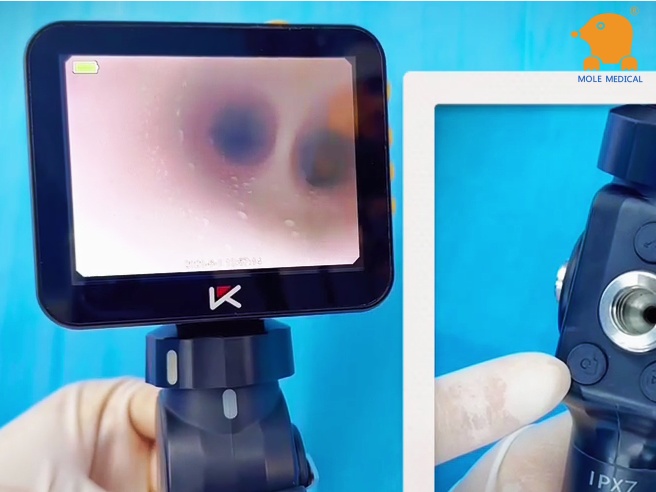
Mole Medical: The Application Value of Electronic Bronchoscopy Alveolar Lavage in Children with Severe Pneumonia and Mycoplasma Pneumonia
Bronchoscopic lung lavage has become an important treatment method for severe pneumonia caused by mycoplasma in children. This technique mainly involves using a flexible electronic bronchoscope to enter the child’s airway and, under direct vision, remove the obstructive mucus plugs and inflammatory secretions. At the same time, lavage fluid is collected for pathogen detection. Compared ... Read more

Join Us at MEDLAB ASIA & ASIA HEALTH 2025!
Date: July 16–18, 2025Venue: Malaysia International Trade & Exhibition Centre (MITEC)Booth: H32 – Don’t miss it!Like & Follow us for updates!See you at Booth H32!

Clinical comparison of foreign body removal procedures using rigid bronchoscopy, fiberoptic bronchoscopy, and flexible electronic bronchoscopy
Bronchial foreign bodies are a common emergency in pediatrics. Clinically, bronchoscopy techniques are typically used to remove the foreign bodies. Currently, the three main bronchoscopy techniques each have their own characteristics, and among them, the flexible bronchoscopy shows unique clinical value in pediatric patients. This article conducts a clinical application analysis of all three bronchoscopy ... Read more
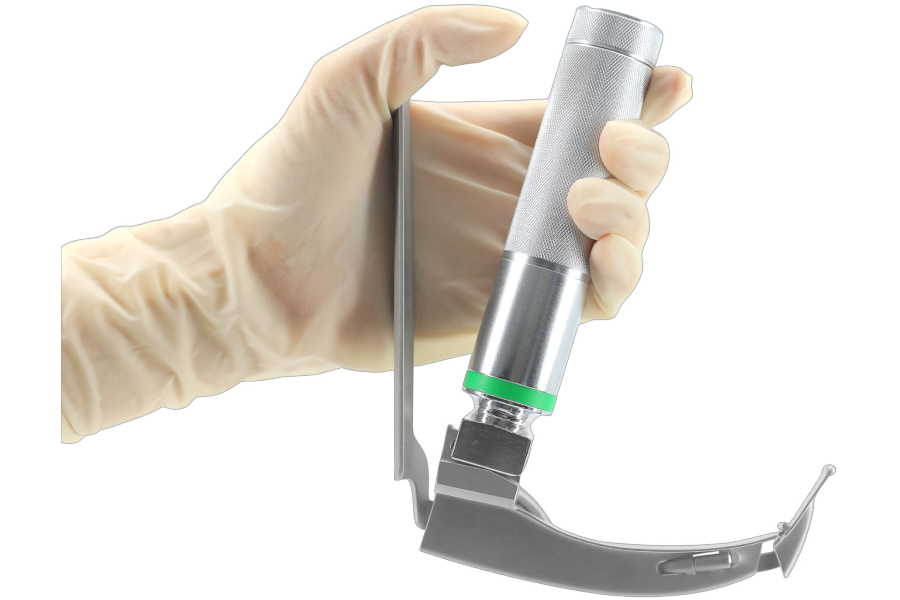
How Fibre Optic Laryngoscopes Improve ENT Procedures
In modern ENT procedures, precision and visibility are key. That’s where the laryngoscope fibre optic technology comes in. Unlike traditional tools, these advanced devices use fibre optics to provide a clear, well-lit view of the throat and vocal cords. This means doctors can see more and do more—with less risk to the patient. But how ... Read more
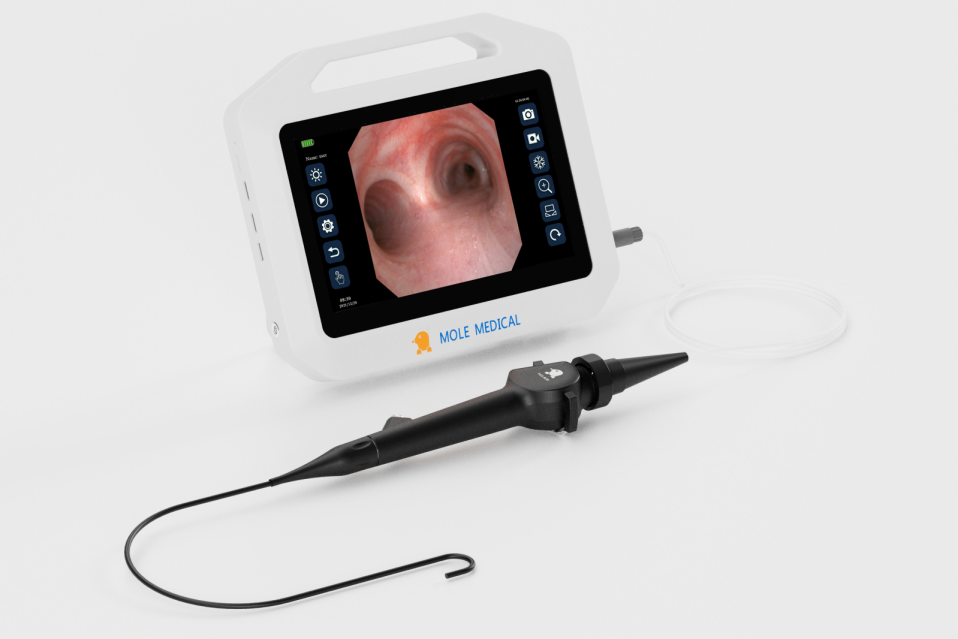
Flexible Laryngoscopy: A Clearer Voice for Quicker Diagnoses
Flexible Laryngoscopy is a powerful tool that helps ENT specialists do just that. It uses a thin, flexible scope to view the throat, vocal cords, and airway in real-time. The procedure is quick, non-surgical, and performed right in the clinic. For patients with voice changes, chronic cough, or throat discomfort, this method offers fast answers ... Read more



